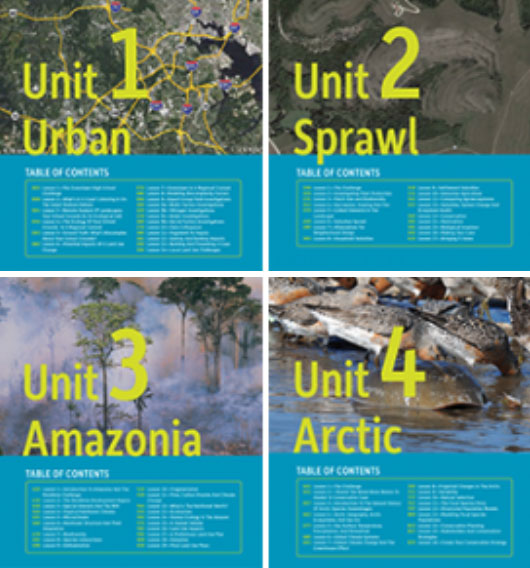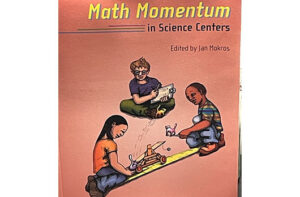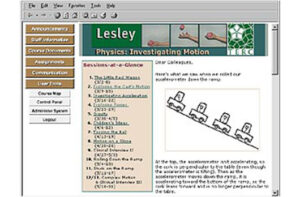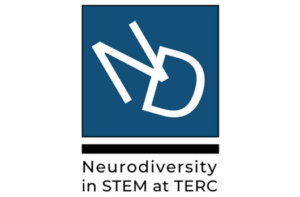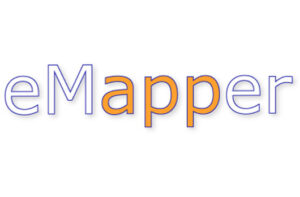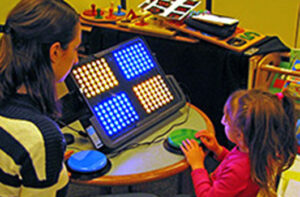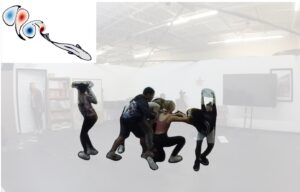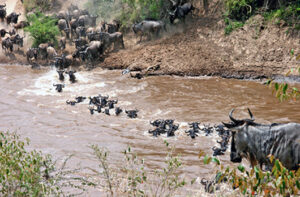Digitial Design of Smart Images: A Design Story
Brian Drayton & Gilly Puttick
Educational Designer, 3(9)
Summary
This paper describes a sequence of design decisions made while transforming a high-school capstone course from print to electronic form. Because complex images used as data for student investigations were central to the curriculum, the project sought to make use of affordances of the digital environment to scaffold students’ interpretation of these data. Several technical strategies were prototyped, and their strengths and weaknesses explored in teaching experiments in which students were asked to use the tools to solve problems from the curriculum, and talk about their process. Our work with visuals as data for inquiry suggests that the ‘syntax’ of practice, and the ‘substance’ of core disciplinary ideas, are not sufficient for students to fully engage with images that constitute complex data requiring interpretation. In addition, a considerable amount of information about phenomena and settings is necessary, with the substance constituting the semantics of the problem space. Thus, we came to see that our scaffolding model was not adequate to the aims of the curriculum we were designing.


